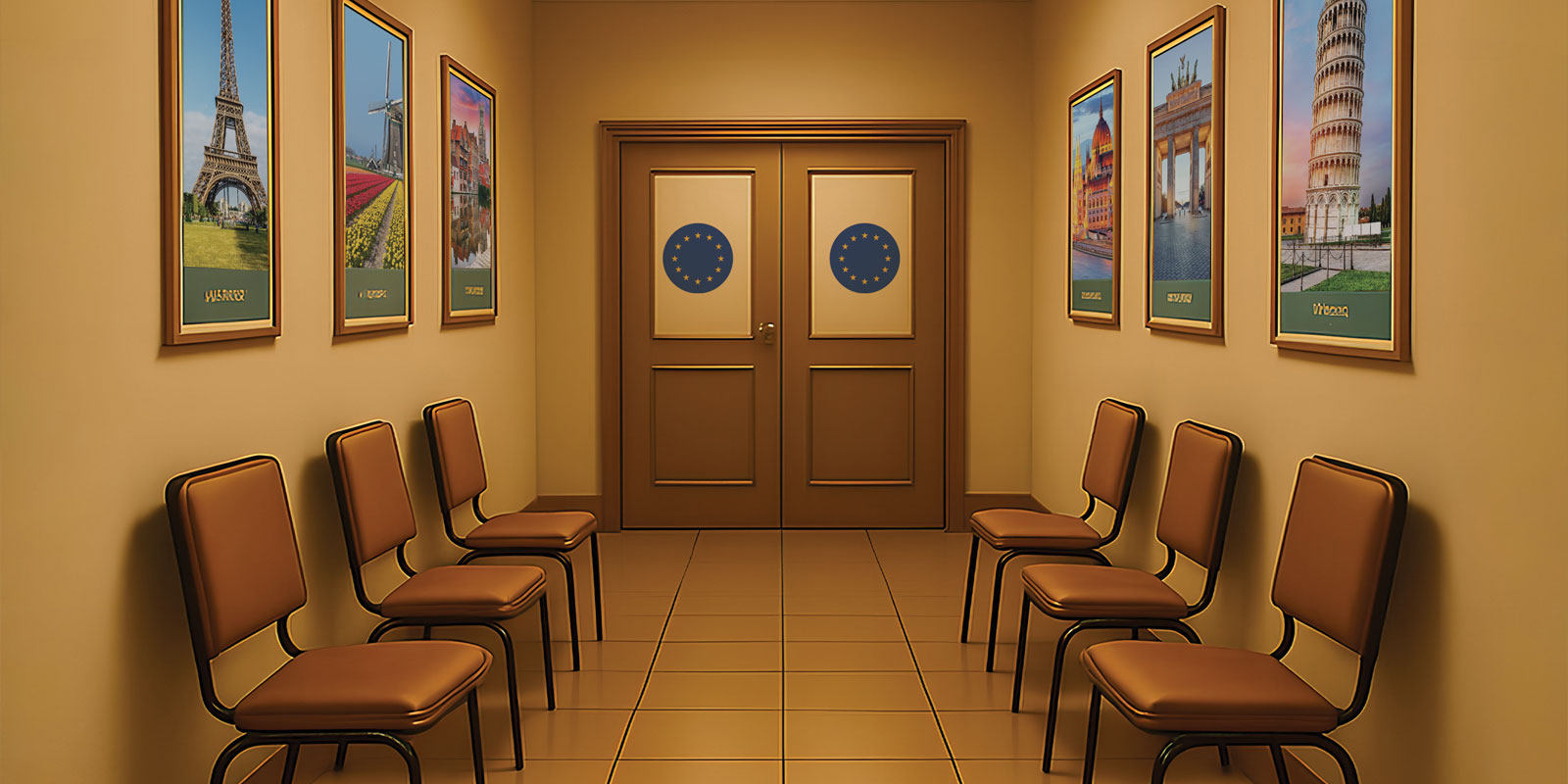PUBLICATION: Analysis
A Quasi-Arms Race: Serbia and Croatia
Are we witnessing a new arms race in the Western Balkans between Serbia and Croatia, or is that just a show by politicians to boost their domestic standing? Read more about that topic in the latest analysis by BCSP researchers Vuk Vuksanović and Marija Ignjatijević.
In the last six years, Serbia and Croatia have been upgrading their military arsenals, leading to the conclusion that the two countries are spearheading a new arms race in the Western Balkans. This narrative is misleading as the strategic environment makes inter-state war unlikely and the process is actually about Serbia and Croatia replacing old equipment from the Yugoslav days. However, the two countries use arms procurement as leverage in their respective foreign policies and tools of domestic promotion for their rulling elites. The return of hostility is highly unlikely, but there is a political threat of cementing an atmosphere of mistrust in the region.
In late May 2021, Croatian Prime Minister Andrej Plenković announced that his country would buy 12 used Rafale fighter jets from France in a deal worth one billion euros ($1.2 billion), outbidding the US, Israel and Sweden. Croatia’s largest military transfer since the break-up of Yugoslavia. Some Western media put this in the context of Croatia being involved in “a mini arms race” with neighbouring Serbia. Indeed, since 2015 Serbia and Croatia have been at the very heart of the process, many believe to be the new arms race in the Balkans.
However, despite the impression one gets, we do not see a real arms race as the arms procurement done by Belgrade and Zagreb are part of modernising outdated military hardware that originates from the days of former Yugoslavia. However, what would normally be a regular process of replacing old and acquiring new hardware is being used by the two countries’ rulling elites as tools of foreign policy and as a way to boost domestic standing. The prospect of war is not realistic, but the problem is that military modernisation occurs when political tensions still exist in the region. Therefore, the greatest ramifications from the current sabre-rattling is one where the atmosphere of mistrust in the region becomes politically cemented.
Tags: arms race, Serbia and Croatia
DETAILS
AUTHORS
SHARE
PDF PREVIEW
RELATED

Date: 22.10.2025.
Author: Jelena Pejić Nikić |
This policy paper examines Western Balkan stakeholders' perspectives on what is needed for meaningful enlargement and the EU reforms they consider essential for an effective expanded Union. Field research in spring and summer 2024 included 16 high-level interviews with representatives from all six countries of the region.

Date: 20.02.2025.
Author: Dr Srđan Cvijić |
This study examines the political views of the Russian immigrant community in Serbia who relocated following the beginning of a full-scale Russian aggression against Ukraine in February 2022.

Date: 25.12.2024.
Author: Belgrade Centre for Security Policy
The international system is undergoing profound changes and one of the main ones is the growth of China’s global influence, which is gradually turning into a source of influence comparable to the United States. This process is accompanied by the growth of China’s political and economic presence in different regions of the world. Europe is no exception, but this process varies greatly in different countries, with some countries only cautiously developing ties with China while others seek to expand them as much as possible.




